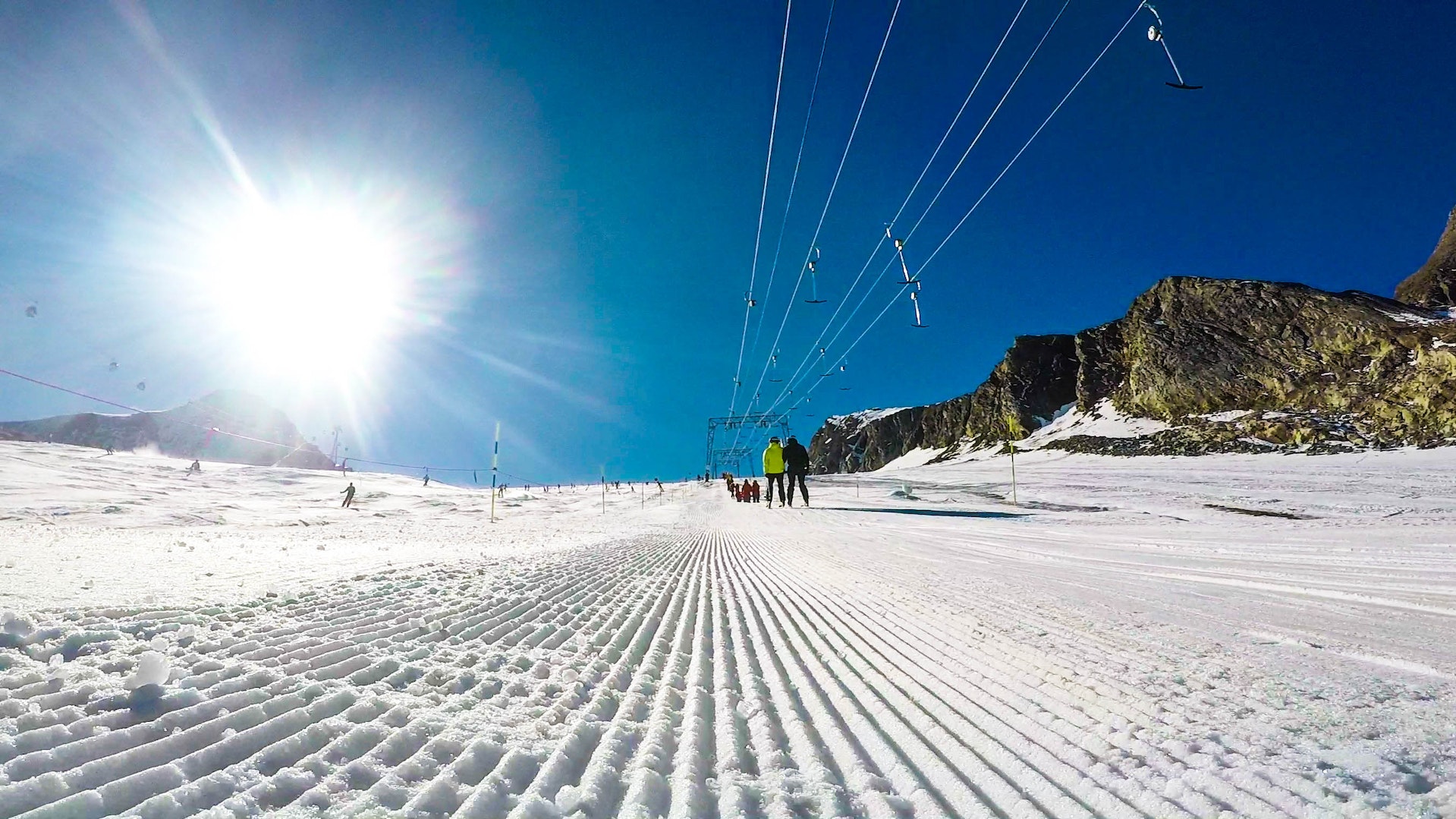When a company goes to purchase machinery parts and equipment, they find they have many choices. Knowing the advantages and drawbacks of each choice is critical to making the right choice.

A good example of this is when a company must purchase cable tracks and hose carriers. They find they may choose between plastic and metal options.
Why Use Cable Tracks and Hose Carriers?
First, a company must understand the benefits of using cable tracks and hose carriers. These devices reduce wear and tear on the cables and hoses, extending their lifespan. The tracks and carriers reduce the risk of the hoses or cables becoming entangled, and they also increase the safety of the machine operator.
The cable tracks and hose carriers surround electrical cables or hydraulic and pneumatic hoses connected to equipment. They guide the cable and hoses to provide the previously mentioned benefits. The cable tracks and hose carriers are designed to replace the twist-tie bundlers many companies used when they had fewer cables and hoses to manage.
The carriers hold large numbers of cables and wires, supporting the cables and wires to prevent additional stress on the cabling. The wires and cables won’t sag when the devices are used. In addition, routing and managing the cables is less of a challenge, and manufacturers find it easier to troubleshoot or maintain the cabling.
Operating Temperature
Most applications today benefit from the use of plastic carriers. However, when a company must address high operating temperatures or has a heavy load that will exceed the maximum unsupported travel of a plastic carrier, a metal carrier is preferred. Consider the operating temperature when making this decision, this is absolutely crucial.
For example, a plated steel cable carrier has a maximum operating temperature of 140 degrees Fahrenheit. In contrast, an all-stainless-steel carrier can handle temperatures up to 617 degrees Fahrenheit. Take care when purchasing because many stainless-steel carriers contain other materials, such as nylon. These additional materials lower the maximum operating temperature.
Furthermore, when purchasing cable tracks and hose carriers, take into account the cables and hoses that will be used. Standard hoses and cables require standard cable tracks. Hoses and cables rated for extreme temperatures require a matching cable management system.
Location of Use
Will the cables and hoses be used indoors or out? The UV resistance of the cable management system is important if the products will be used outdoors. Consider this when making the purchase, and speak with the cable track and hose carrier provider to learn which options are designed for outdoor use.
Ease of Assembly
Plastic cable carriers come as a modular system. A person can easily assemble and disassemble the plastic cable carriers with nothing more than a screwdriver. In contrast, the individual will need wrenches and tool kits to complete this task when steel cable carriers are used. In addition, a link that is damaged or broken on a plastic cable carrier is easily replaced.
Weight of the Cable Tracks and Hose Carriers
When possible, companies choose plastic cable tracks and hose carriers. They weigh less than their metal counterparts, which comes with many benefits. The lighter weight allows more cycles, and these cycles are completed faster. As a result, the company sees an increase in production.
Link Style
Compare styles to see whether the cable package needs to be enclosed or accessible. Many companies prefer open-style carriers, as this allows for regular inspections of the cables and hoses. Any signs of wear can be addressed quickly. On the other hand, enclosed-style carriers ensure the cables and hoses remain safe from hazards such as hot chips, shavings, and sparks.
Cost Comparison
One reason many companies choose plastic cable tracks and hose carriers is the low-price tag. Plastic comes at a lower price than metal, so a company saves money by switching to this option. As any cost savings are appreciated, a company should consider making this move wherever possible.
Corrosion Resistance
Plastic naturally resists corrosion, so no special coatings are needed on the cable tracks and hose carriers. If a company must use metal for any reason, they can request a special coating to increase the track or carrier’s ability to resist deterioration. Another option is to purchase a stainless-steel cable carrier. Expect to pay significantly more if that option is chosen.
Travel Applications
A company must consider the distance the cable carrier travels when determining whether plastic or metal is the best choice. Plastic cable carriers glide on themselves when traveling. This isn’t the case when steel is used. An elaborate support system must be in place to support the upper run. The steel carriers don’t glide on themselves as they travel long distances.
Speed of Operation
Steel carriers often lack speed. However, there are ways around this while allowing for acceleration and deceleration control. Nevertheless, plastic carriers tend to be best for long travel and higher speeds and acceleration. Talk to the cable track provider about the strength-to-weight ratio of each option and the unsupported span.
Carrier Bend Radius
The buyer must know the minimum bend radius to determine the correct mounting height for the cable carrier. When determining this bend radius, consider the recommended bend radius for the stiffest hose or cable in the system. The manufacturer can provide this information. If it is unable to do so, measure the outside diameter of the largest cable or hose in the system.
Most electrical cables designed to move continuously must have a minimum bend radius that is 7.5 times the outside diameter. Hoses, in contrast, come with a minimum bend radius of twelve times the diameter. Metal carriers can often be customized to the customer’s desired bend radius.
Work with a reputable provider to find the right cable tracks and hose carriers for the organization’s needs. Because each company is unique and special, the setup for one company won’t necessarily work for another organization. This makes the choice of provider more critical. With their help, every company finds the products it needs to simplify operations thanks.











